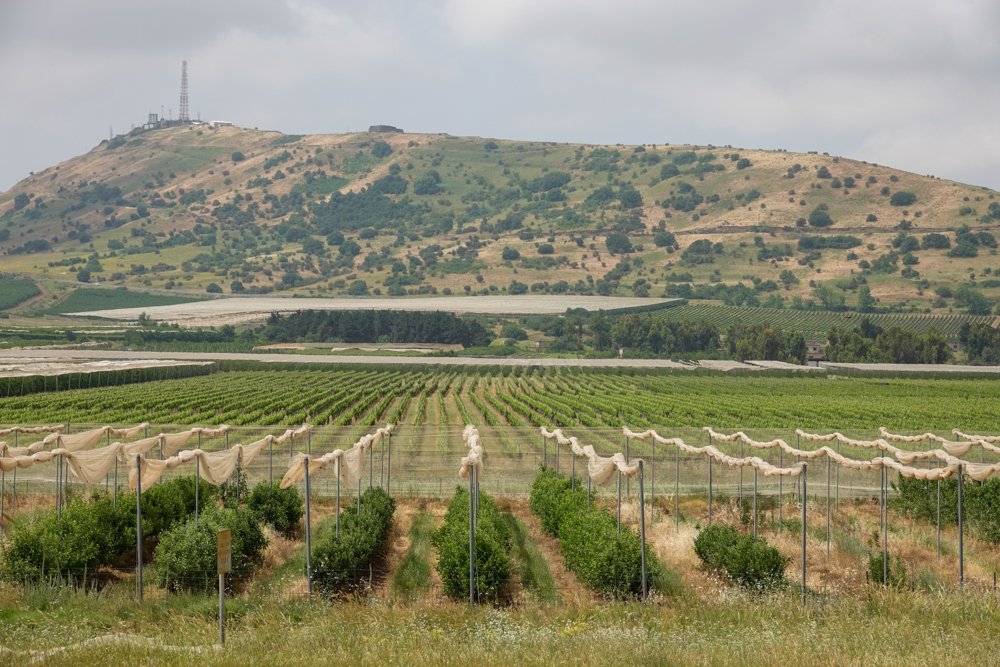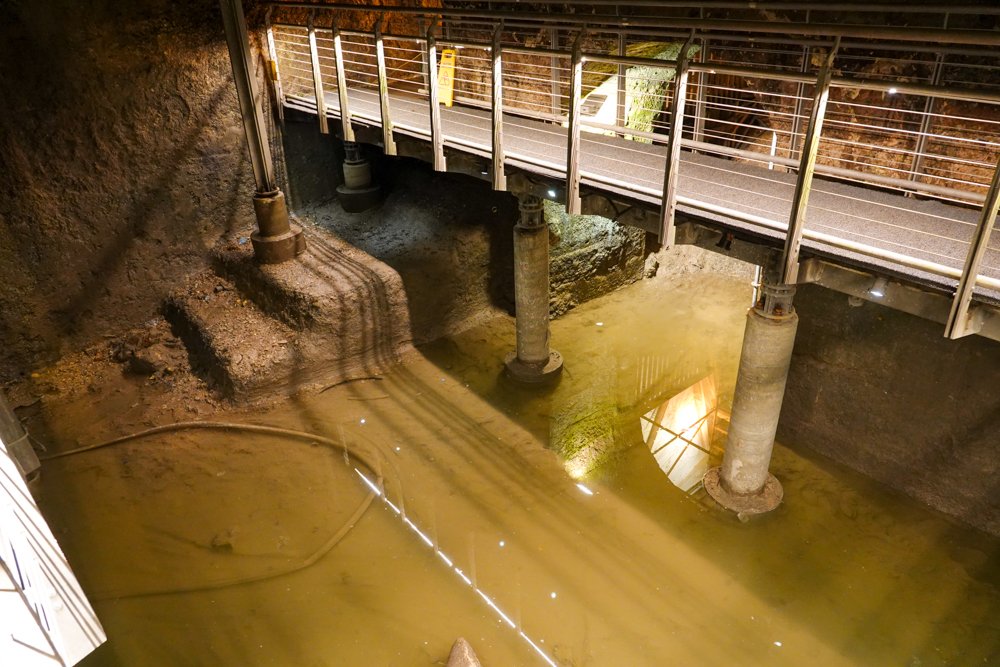Are you ready to go to Israel?
Are you ready to go to Israel?
We just returned from Israel on June 1st (2022). It was a sixteen day trip with our favorite travel company, Overseas Adventure Travel.
We booked a trip to Israel many years ago but it got cancelled due to fighting in Israel. We were planning to go at least two other times but changed our minds due to conflicts in the area. This time I waited until there were conflicts and booked it then, expecting all major conflicts to be over by the time of our trip. After going to Israel, I’m not sure the conflicts will ever be over, but we had a great trip.
Covid was still a big headache for us, both planning and getting tested before our trip in a timely manner, getting tested at the airport in Tel Aviv and scheduling and taking another test before our flight back home. We managed it all and tested Negative every time.
I’ve included a few photos to give a small glimpse of our trip.
The view from Mount Carmel in Haifa. Our hotel was near the bottom of the street in the center of the photo, across from the port
Our view of the Sea of Galilee from the kibbutz where we stayed in the Golan Heights
Saying a prayer and inserting a note at the Western Wall in Jerusalem
Vicky and I at the Dead Sea. I think you’ll agree, it needed some color…and we provided it!
The Tel Aviv coast and let me tell you, Tel Aviv is a party city











































































































